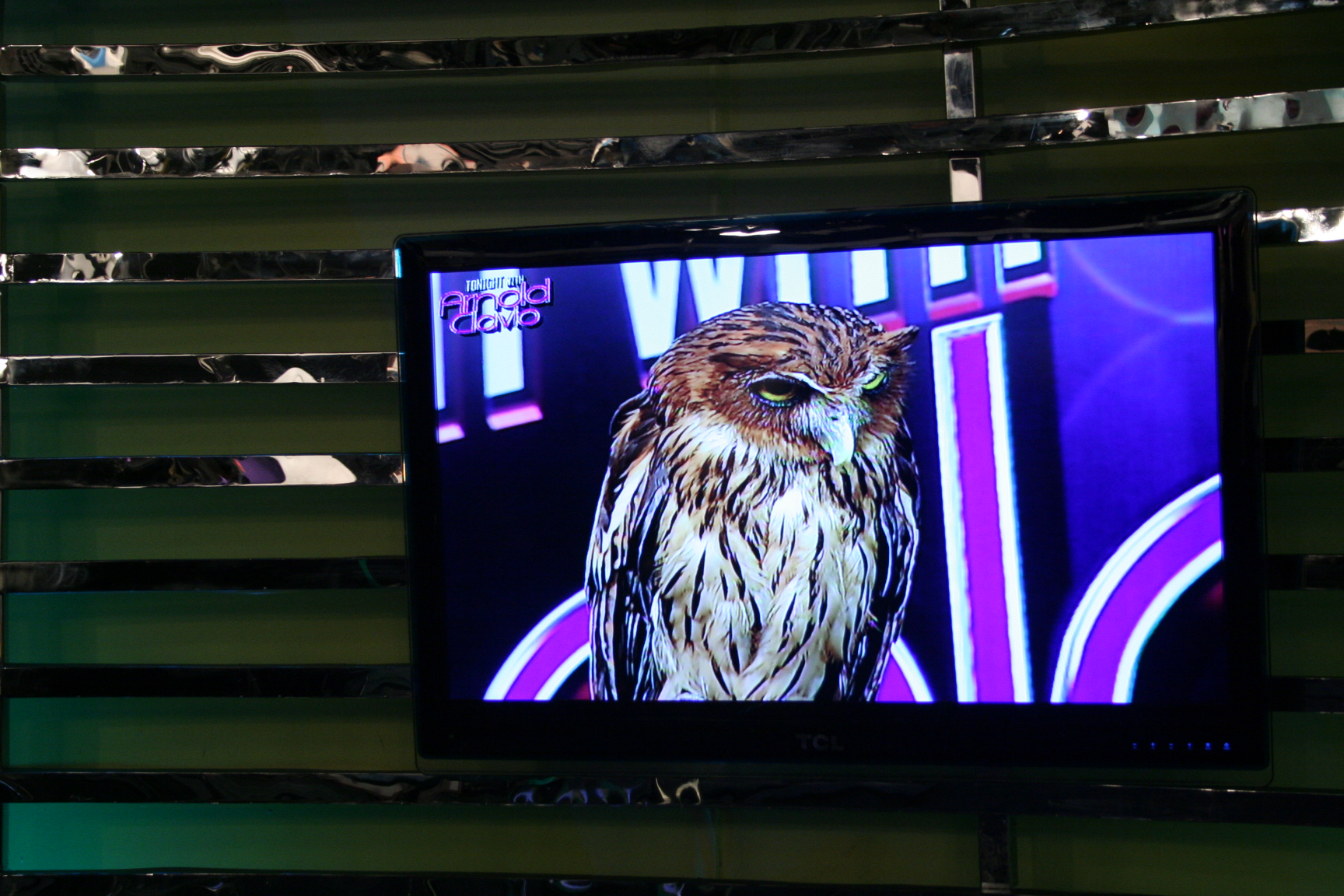ADVERTISEMENT
Filtered By: Newstv
NewsTV
Three of the Philippines' most threatened endemic species
Animal conservation is a topic close to the hearts of many people. Last August 15, “Tonight With Arnold Clavio” talked to a pair of experts, namely Doc Nielsen Donato, the host of GMA’s “Born to be Wild,” and Noel Rafael, a curator at Ark Avilon Wildlife Conservation Foundation (AAWCF), about the conservation of Philippine wildlife.
Apart from the Philippine eagle or Lolong, the 21-foot saltwater crocodile, Rafael said that there are other animal species that Filipinos can be proud of. However, he cautioned, that several have been classified as “vulnerable,” meaning they could face extinction within the next 20 to 50 years.
Rafael said that ordinary people can help fund conservation movements such as the AAWCF. "Simpleng pagbisita niyo sa Avilon Zoo ay malaking bagay na samin,” he said. “Ang proceeds namin ay napupunta sa aming projects.”
To show their foundation’s success, Rafael brought three animals to the set: a Palawan bearcat (locally known as binturong) named Ayla, a Rufous hornbill (or kalaw) named Kuku, and a Philippine eagle-owl named Bibo.
Rafael proudly said that these “wildlife ambassadors” were bred and raised in captivity by AAWCF. “Wala silang chance na ma-reintroduce sa wild kasi masalimuot ang process,” he said. “So since tao ang nagpalaki sa kanila at malapit na sila sa mga tao, nakakikipag-interact nalang sila sa mga tao.”
Read below to know more about Ark Avilon Zoo’s wildlife ambassadors.
Palawan bearcat
Neither a bear nor a cat, this animal is more closely related to civets. They’re found all over Southeast Asia, but this particular subspecies, A. b. whitei, is found only in Palawan. An omnivorous creature, it lives in trees and uses its tail as an extra limb to support itself.
“Ang major threat ng Palawan bearcat ang loss ng habitat,” said Rafael. “Marami pa rin tayong gubat, ang problema ay kung meron pa silang food sources doon.”
Sadly, the exotic creatures are also hunted for their cute appearance and sold on the black market. “Akala ng iba pwedeng gawing pet,” said Rafael. “[Pero] delikado sila sa bata, at mas maganda kung pababayaan lang natin sila sa kanilang natural habitat.”
Rufous hornbill
One of the larger species of hornbill, this bird has three subspecies each endemic to Luzon, Visayas and Mindanao. Its distinguishing feature is its unique beak which is used for fighting, nest construction and mating rituals.
Rafael said that the hornbill eats figs, other fruits found in the forest, and small animals like lizards. “Pero amg major threat niya ang habitat loss, lalo na sa Sierra Madre,” he said. “Kailangan niya ng mga matataas na puno kung saan namumugad.”
 The Philippine eagle-owl is the largest owl in the Philippines.
The Philippine eagle-owl is the largest owl in the Philippines. Philippine eagle-owl
This bird, with a 35 cm wingspan, is the largest owl in the Philippines. It lives by the edge of the forest near streams. It feeds on small rodents and lizards nearby.
But like the hornbill and the bearcat, the eagle-owl faces threats from habitat loss and private collectors.
The eagle-owl has a fearsome hunting arsenal. Its talons are aided by its superior sight and hearing. “Kaya niyang i-turn ang head niya ng 270 degrees,” said Rafael, a feat made possible by 14 neck vertebrae. In contrast, humans only have seven neck bones.
In addition, Rafael said that the owl uses its radar dish-shaped face to echolocate its prey. He said that within 1/12500 of a second, “ma-iidentify na niya kung saan yung kumakaluskos [na hayop].”—Job de Leon/PF, GMA News
More Videos
Most Popular




